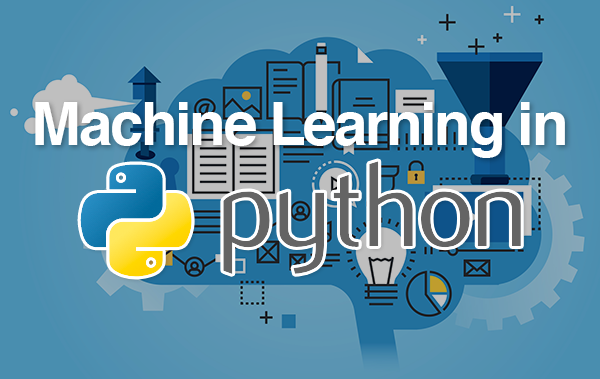How to install, load and describe Penn Machine Learning Benchmarks

The Penn Machine Learning Benchmarks (PMLB) is a library of datasets for machine learning that can be used to test and compare the performance of different algorithms. It is a useful tool for researchers and practitioners who want to evaluate the performance of their algorithms on a wide range of datasets.
The first step in using the PMLB library is to install it. This can be done using the pip package manager by running the command “pip install pm lb” in the command prompt or terminal. After installation is complete, the library can be imported and loaded into the Python environment.
Once the library is loaded, we can access the datasets it contains. The PMLB library contains a variety of datasets, including classification, regression and time-series datasets. The datasets are organized into different categories, such as “Large Scale” and “Real-world” datasets.
We can also use the library’s built-in functions to get information about the datasets. For example, we can use the data_home() function to get the location of the PMLB data directory on our local machine, the load_data() function to load a specific dataset, and the describe() function to get a summary of the dataset including the number of samples, features, classes, and the type of problem.
To use a dataset, we can call the load_data() function and pass in the name of the dataset we want to use. For example, to load the “Iris” dataset, we would call the function like this: pm.datasets.load_iris(). Once the dataset is loaded, we can use it to train and test our machine learning models.
In summary, the PMLB library is a useful tool for evaluating the performance of machine learning algorithms on a wide range of datasets. It can be easily installed using pip, imported and loaded into the Python environment. The library contains a variety of datasets including classification, regression, and time-series datasets. The datasets are organized into different categories and can be accessed by calling the load_data() function. The library also provides built-in functions to get information about the datasets and to get a summary of the dataset including the number of samples, features, classes, and the type of problem. Using the PMLB library, researchers and practitioners can easily access a variety of datasets, test and compare the performance of their algorithms, and make more informed decisions about which algorithm to use for a specific problem.
In this Applied Machine Learning & Data Science Recipe (Jupyter Notebook), the reader will find the practical use of applied machine learning and data science in Python programming: How to install, load and describe Penn Machine Learning Benchmarks.
Disclaimer: The information and code presented within this recipe/tutorial is only for educational and coaching purposes for beginners and developers. Anyone can practice and apply the recipe/tutorial presented here, but the reader is taking full responsibility for his/her actions. The author (content curator) of this recipe (code / program) has made every effort to ensure the accuracy of the information was correct at time of publication. The author (content curator) does not assume and hereby disclaims any liability to any party for any loss, damage, or disruption caused by errors or omissions, whether such errors or omissions result from accident, negligence, or any other cause. The information presented here could also be found in public knowledge domains.
Learn by Coding: v-Tutorials on Applied Machine Learning and Data Science for Beginners
Latest end-to-end Learn by Coding Projects (Jupyter Notebooks) in Python and R:
Applied Statistics with R for Beginners and Business Professionals
Data Science and Machine Learning Projects in Python: Tabular Data Analytics
Data Science and Machine Learning Projects in R: Tabular Data Analytics
Python Machine Learning & Data Science Recipes: Learn by Coding
How to do Fashion MNIST image classification using Xgboost in Python
How to predict and visualise a time series using GradientBoost in Python